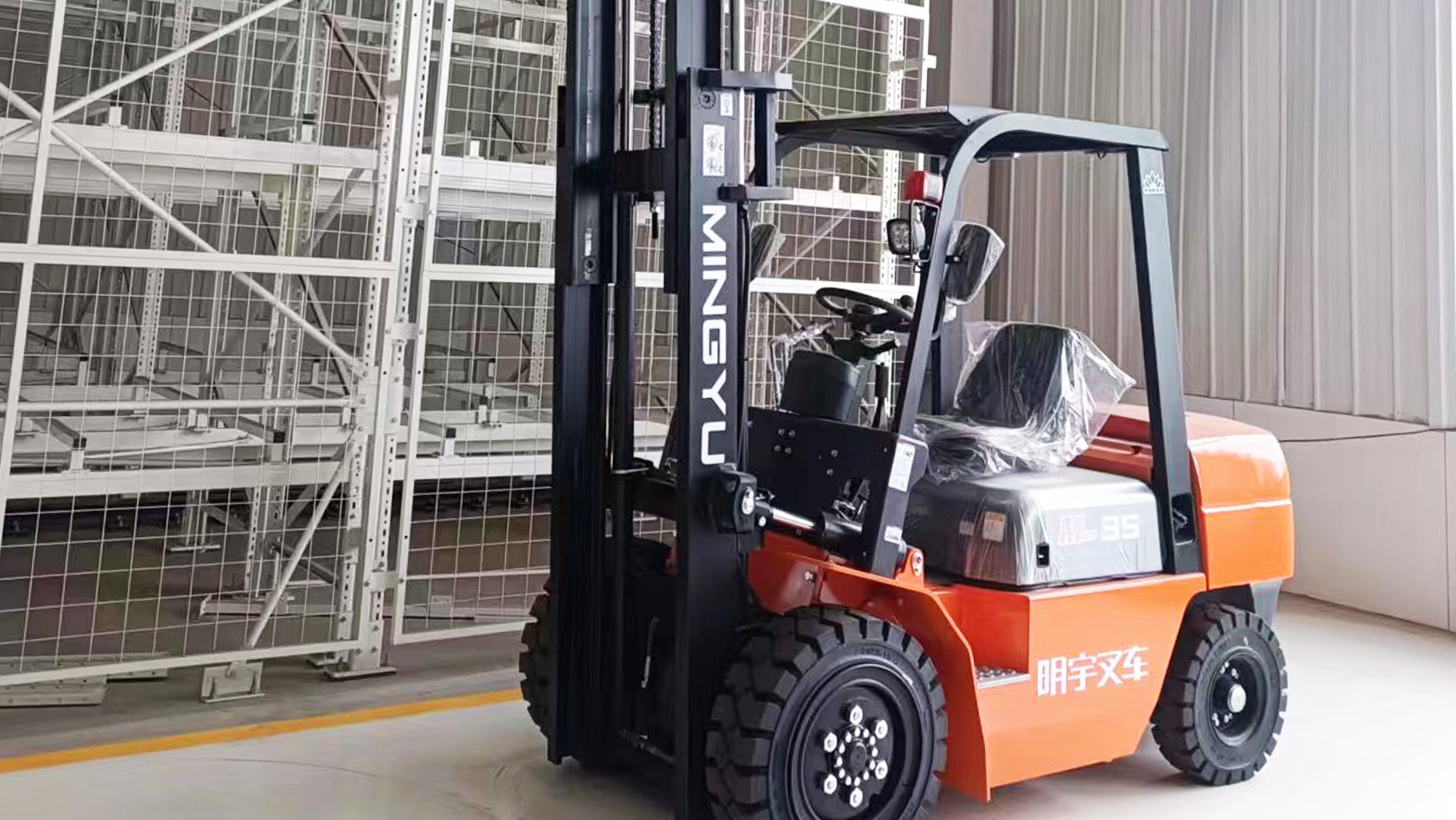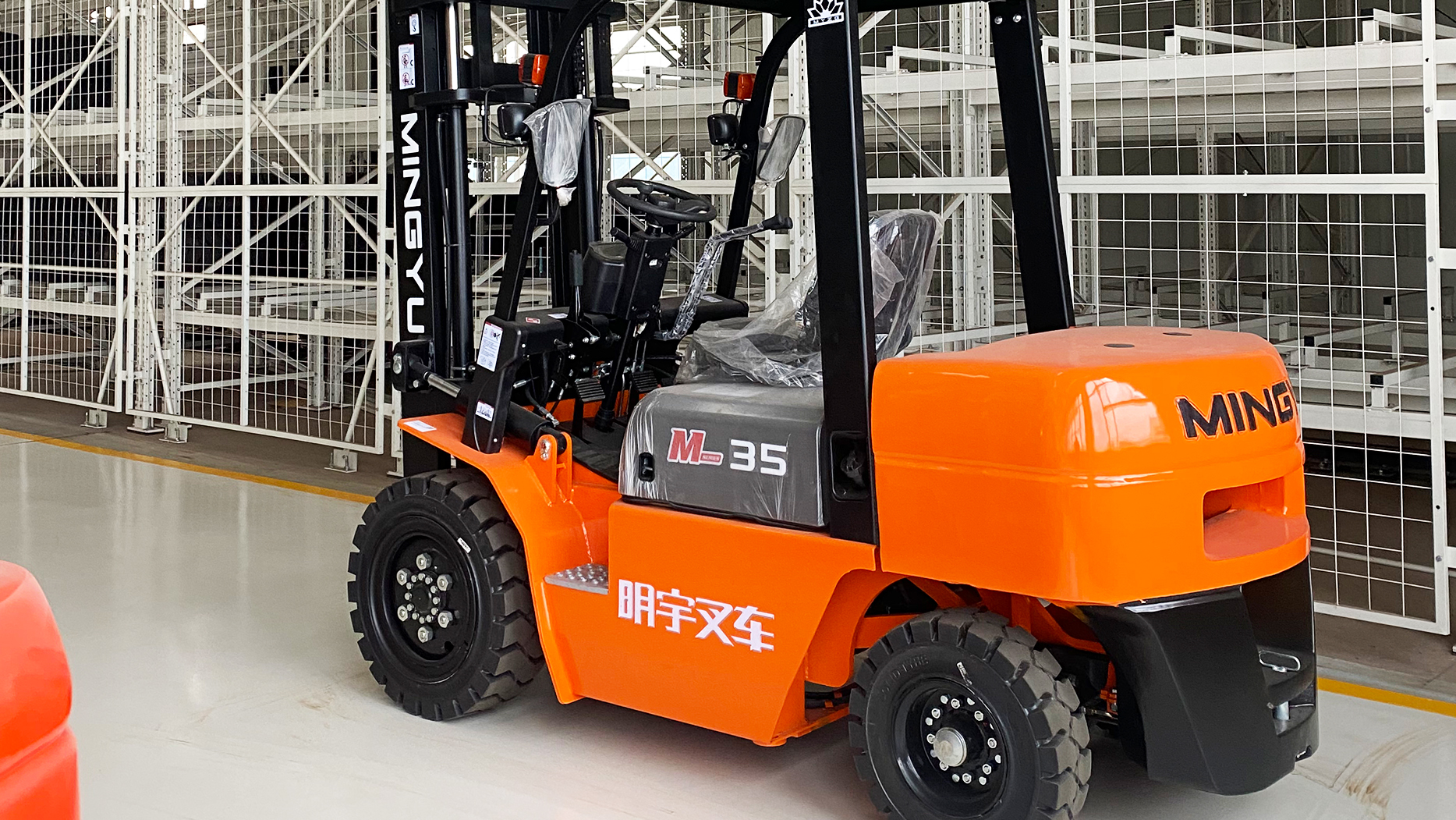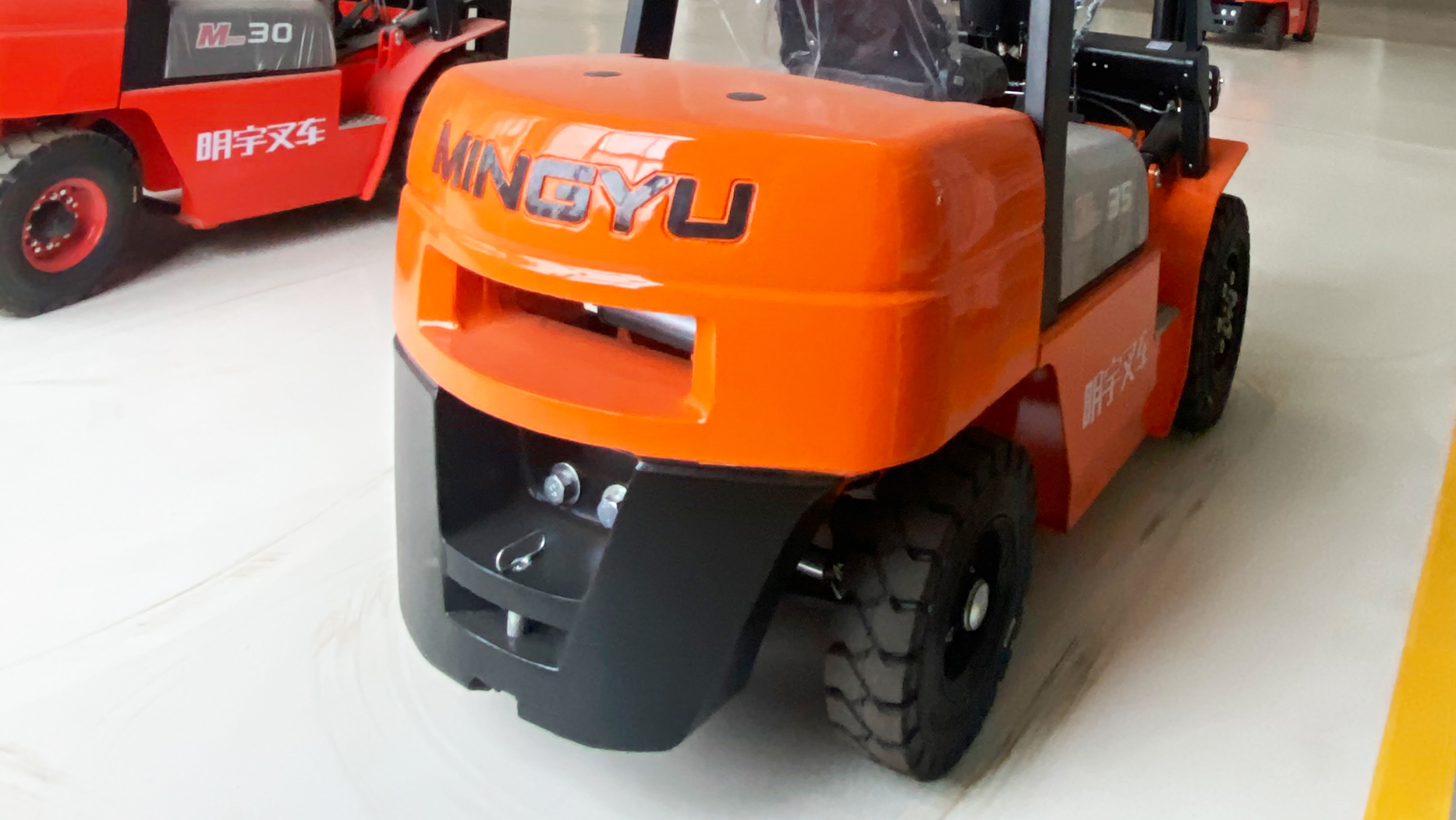Powering Productivity: Understanding the Fuel Types of Forklifts
In the bustling world of warehouses, factories, and logistics hubs, forklifts are the tireless workhorses that keep materials moving. Their efficiency and reliability are paramount to the smooth operation of countless businesses. A fundamental aspect of their performance, and a critical consideration for any operation, is the type of fuel they use. While all forklifts serve the same basic purpose of lifting and transporting loads, the energy source that powers them varies significantly, each with its own advantages, disadvantages, and ideal applications.
The choice of fuel directly impacts operational costs, environmental footprint, indoor air quality, maintenance requirements, and overall productivity. Businesses must carefully weigh these factors when selecting forklifts for their specific needs, ensuring they make an informed decision that aligns with their budget, operational environment, and sustainability goals. Let's delve into the primary fuel types that power the global forklift fleet.
The Main Contenders: A Look at Forklift Fuel Types
There are four primary fuel types that dominate the forklift market: Electric (Battery), Propane (LPG), Diesel, and Gasoline. A fifth, though less common for general-purpose forklifts, is Hydrogen Fuel Cell, which represents a cutting-edge, emerging technology.
1. Electric Forklifts
Electric forklifts are by far the most common type used in indoor environments, such as warehouses, distribution centers, and manufacturing facilities. They are powered by large, heavy-duty rechargeable batteries, typically lead-acid or increasingly, lithium-ion.

Advantages:
Zero Emissions: This is their biggest selling point. Electric forklifts produce no exhaust fumes, making them ideal for indoor use where air quality is a concern. They are also a great choice for businesses aiming to reduce their carbon footprint.
Quiet Operation: Electric motors are significantly quieter than internal combustion engines, contributing to a more pleasant and less fatiguing work environment for operators and other personnel. This also reduces noise pollution in the workplace.
Lower Running Costs: While the initial purchase price can be higher, electric forklifts generally have lower per-hour operating costs. Electricity is often cheaper than fossil fuels, and they have fewer moving parts, leading to reduced maintenance needs and costs over their lifespan.
Reduced Maintenance: No oil changes, spark plugs, or fuel filters mean less routine maintenance and downtime.
Improved Maneuverability: Many electric models, particularly counterbalance and reach trucks, are designed with compact frames, allowing for excellent maneuverability in tight aisles and confined spaces.
Longer Lifespan: With proper battery care, electric forklifts tend to have a longer operational lifespan than their internal combustion counterparts.
Cleanliness: No fuel spills, exhaust soot, or oil leaks make electric forklifts a cleaner option for sensitive environments like food processing or pharmaceutical facilities.
Disadvantages:
Battery Life and Charging Time: Traditional lead-acid batteries require dedicated charging time (6-8 hours) and cooling periods (another 6-8 hours), necessitating spare batteries for multi-shift operations. This means additional capital expenditure for batteries and charging equipment.
Performance Degradation: As a lead-acid battery discharges, its voltage drops, which can lead to a slight decrease in forklift performance towards the end of a shift.
Higher Upfront Cost: The initial purchase price, especially with the addition of extra batteries and charging infrastructure, can be significantly higher than a comparable internal combustion forklift.
Weight: The heavy battery acts as the counterweight, which can limit their capacity in some applications compared to IC models of similar size.
Temperature Sensitivity: Battery performance can be negatively affected by extreme temperatures, both hot and cold.

3. Diesel Forklifts
Diesel forklifts are the powerhouses of the outdoor and heavy-duty material handling world. They are known for their raw power, durability, and ability to handle the toughest tasks.
Advantages:
Maximum Power and Torque: Diesel engines provide superior power and torque, making them ideal for heavy lifting capacities and operating on uneven terrain or inclines.
Fuel Efficiency for Heavy Loads: For continuous, heavy-duty outdoor use, diesel can be a very fuel-efficient option.
Durability and Longevity: Diesel engines are renowned for their robustness and long operational lifespan, even under demanding conditions.
Outdoor Performance: Excellent performance in outdoor environments, construction sites, and applications requiring high ground clearance.
Quick Refueling: Similar to gasoline, diesel forklifts can be quickly refueled, ensuring minimal downtime.
Disadvantages:
High Emissions: Diesel engines produce significant exhaust emissions, including particulate matter (soot), nitrogen oxides, and carbon monoxide. This makes them unsuitable for indoor use without highly specialized and expensive exhaust filtration systems.
Noise and Vibration: They are the loudest and most vibrating of all forklift types, which can impact operator comfort and workplace noise levels.
Maintenance: Require regular and often more intensive maintenance compared to electric or even propane models, including filter changes (fuel, oil, air), oil changes, and potential for more complex engine repairs.
Fuel Spillage Risk: Diesel fuel can be messy to handle and pose a slip hazard if spilled.
Cold Weather Starting: Can be challenging to start in extremely cold weather without specific aids.
4. Gasoline Forklifts
Gasoline forklifts are primarily used for outdoor applications and are less common in modern fleets due to their higher emissions compared to propane and diesel's superior power for heavy tasks.
Advantages:
Lower Initial Cost: Often have the lowest upfront purchase price among internal combustion models.
Readily Available Fuel: Gasoline is universally available, making refueling convenient.
Consistent Power: Like propane, they offer consistent power throughout their operation.
Disadvantages:
High Emissions: Produce the highest level of harmful emissions among the common fuel types, making them generally unsuitable for indoor use.
Fuel Efficiency: Typically less fuel-efficient than diesel or propane for similar workloads.
Maintenance: Require regular maintenance similar to propane or diesel models.
Noise and Vibration: Produce significant noise and vibration.
Fuel Storage and Flammability: Gasoline is highly flammable and requires strict safety protocols for storage and handling.

Choosing the Right Fuel Type: Key Considerations
Selecting the appropriate forklift fuel type involves a comprehensive assessment of various operational factors:
Operating Environment: Is the forklift primarily for indoor, outdoor, or mixed use? Air quality and ventilation are paramount for indoor operations.
Shift Requirements: Is it a single-shift, multi-shift, or continuous operation? This impacts the need for quick refueling or multiple batteries.
Load Capacity and Terrain: What are the typical weights of loads, and will the forklift operate on smooth floors, rough terrain, or inclines?
Budget: What is the initial capital expenditure available, and what are the long-term running and maintenance cost considerations?
Environmental Goals: Is reducing emissions and noise a priority for the business?
Infrastructure: Is existing power supply sufficient for electric charging, or is there space for propane tank storage or a diesel fueling station?
Maintenance Capabilities: What kind of in-house maintenance expertise is available, or what level of dealer support is required?
In conclusion, the type of fuel a forklift uses is a critical determinant of its suitability for specific tasks and environments. While electric forklifts lead the way for clean, quiet indoor operations, propane offers a versatile indoor/outdoor solution with quick refueling, and diesel remains king for heavy-duty outdoor work. Hydrogen fuel cells are poised to disrupt the market with their combination of zero emissions and rapid fueling. By carefully evaluating these options against their unique operational demands, businesses can ensure their forklift fleet is powered efficiently, economically, and in a manner that supports their overall strategic objectives.
Post time:Jun.18.2025
